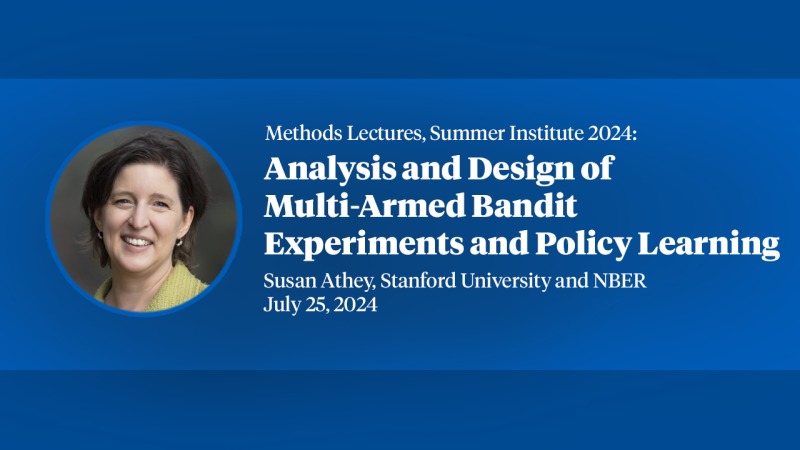The Use and Misuse of Income Data and the Rarity of Extreme Poverty in the United States
Recent research suggests that rates of extreme poverty, defined as living on either less than $2 or $4 per-person per-day, are high and rising in the United States. We re-examine the rate of extreme poverty using the rich data in the Survey of Income and Program Participation (SIPP), generally thought to have the most accurate survey income data in the U.S. In addition to income, the SIPP provides information on hours worked, assets, hardships, and other household characteristics. We link these data to IRS Form 1040, W-2 and 1099-R information returns, and program data on SNAP, public and subsidized housing benefits, SSI, and OASDI. We find that accounting for in-kind transfers, errors in earnings reports, errors in transfer reports, and substantial assets means that less than 10% of households with survey-reported money incomes below $2/person/day are actually extreme poor. Of the households remaining in extreme poverty, 90% are single individuals. Several of the largest misclassified groups appear to be at least middle class based on material hardship, housing characteristics, tax data, and other variables. Given the low recent level of extreme poverty, it cannot have risen substantially due to welfare reform as many have argued.


